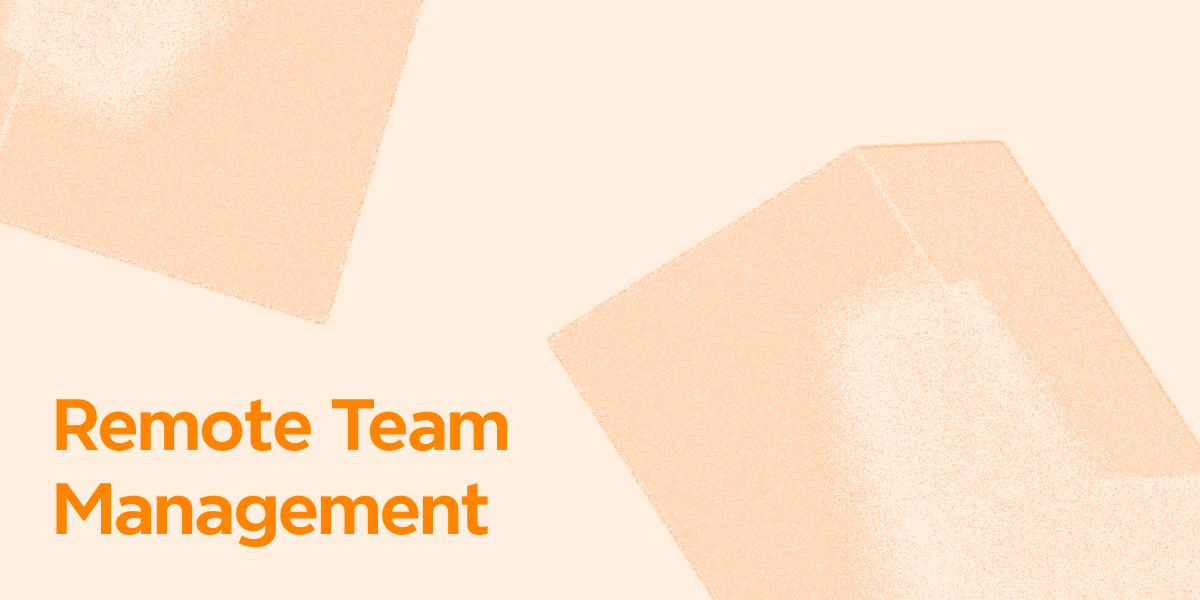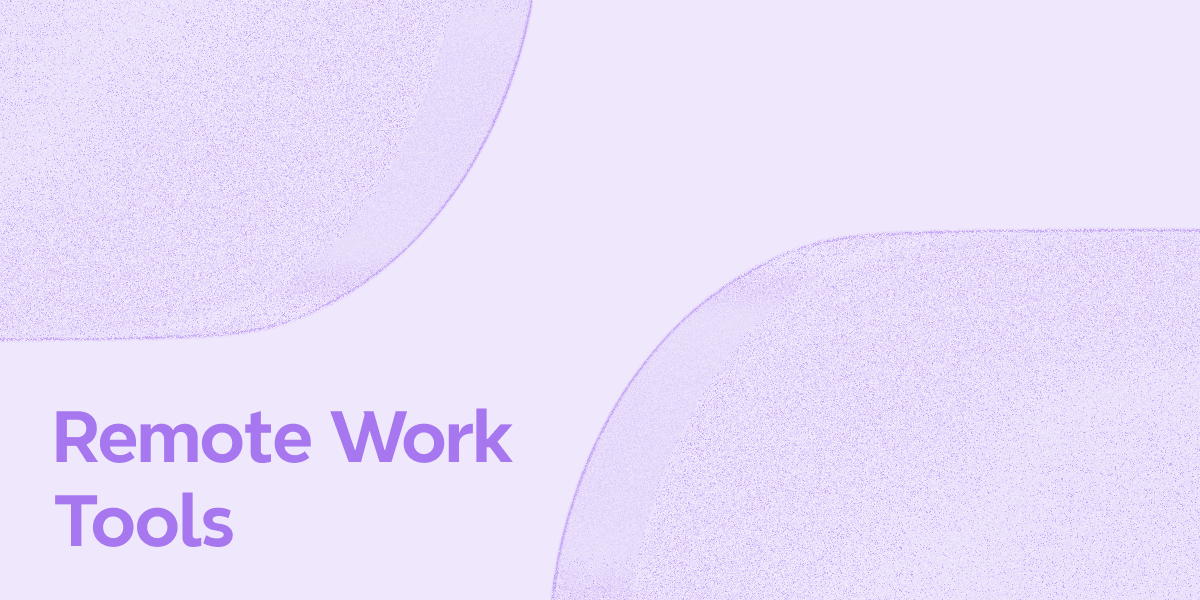Apr 11, 2025
Collaborative Decision Making in Projects: Definition and Tools
Apr 11, 2025
Collaborative Decision Making in Projects: Definition and Tools

Teams that make decisions in isolation often face poor results, low morale, and struggle with implementation. Collaborative decision-making proves crucial to project success because it lets teams use their combined knowledge and experience to choose better paths.
Xmind helps teams streamline their decision process. Teams can map their options, understand what it all means, and work together live to make smarter project choices.
Your project outcomes could improve dramatically with the right collaborative approach and tools. Let's look at the best ways to make this happen.
What Is Collaborative Decision Making in Projects?
Teams reshape their project decisions through collaborative approaches. Collaborative decision making happens when teams work together to reach a consensus on solutions. The process differs from traditional top-down decisions by bringing multiple views into play. This creates a horizontal, decentralized model where teams share responsibilities.
Definition of collaborative decision-making
Collaborative decision making combines input from multiple stakeholders to make the best possible group decisions. Project leaders become more like facilitators than dictators in this process-driven approach. Teams aim to reach consensus through proposals that bring together different viewpoints.
Collaborative decision making goes beyond simple voting or majority rule. This structured methodology ensures:
Team members explore options and alternatives together
Everyone gets a fair chance to contribute ideas
Teams work toward solutions everyone supports
Decisions reflect the team's combined wisdom
This specially developed approach helps teams eliminate bias and find win-win scenarios when making complex decisions. On top of that, it works well for organizations that need transparency and quick responses to various public needs.
Visualizing the process plays a significant role in effective collaboration. Teams can map out decision pathways with tools like Xmind. This helps everyone see how different views connect and shape the final decision.
Benefits for project teams
Project teams gain several advantages by using collaborative decision-making practices. Teams make better decisions by utilizing their collective knowledge and experience. Different views provide extra insight into possible chances and risks that teams might miss otherwise.
Team engagement increases substantially with collaborative decision making. Team members develop stronger ownership of outcomes when they help make decisions. People support what they help create - this saying holds true here.
Other key benefits include:
Enhanced team cohesion - Problem-solving together builds stronger relationships between team members
Better problem-solving capabilities - Teams find and fix root causes better through different viewpoints
Increased innovation - Teams find new work methods and contribute creative results in collaborative environments
Improved adaptability - Businesses adjust quickly by bringing diverse insights into strategic decisions
More detailed risk assessment - Different views allow thorough evaluation of potential risks and challenges
Collaborative decision making changes team dynamics at its core. Team members see their value in the final result. They contribute more actively and participate more often. Teams become more agile, efficient, and productive as a result.
When should a person use collaborative decision-making
Collaborative decision making offers many benefits but doesn't fit every situation. Teams should use collaborative approaches in these specific cases:
For complex problems requiring diverse expertise: Multifaceted challenges need collaborative thinking, especially those about policies, economic actions, or sustainable development choices. Multiple views help teams find solutions to complex problems with conflicting factors and interests.
When implementation commitment is critical: Teams need group commitment to execute decisions effectively. Note that decisions without implementation remain academic exercises at best. Collaborative approaches create needed ownership for decisions requiring strong buy-in.
During times of change and uncertainty: Teams can choose workable solutions and refine them as new information arrives during uncertain times. This helps teams change direction quickly without losing momentum.
For decisions with broad organizational impact: Collaborative methods ensure balanced choices and faster solutions when decisions affect multiple departments. Everyone gets a voice, whatever their role. This breaks down the "I am the boss" mentality.
When enhanced creativity is needed: Projects needing innovation benefit from collaborative decision making. Teams generate more possible solutions. More options from the decision team increase chances of finding innovative answers.
Collaborative decisions take longer than independent ones because they need open dialog and free idea exchange. Teams might choose more direct approaches for routine decisions, emergencies, or situations where expert knowledge points to one clear solution.
Essential Frameworks for Collaborative Decision Making
Good frameworks give structure to collaborative decision making, especially when you have complex project scenarios. Your team's decisions get more intricate over time, and an established methodology helps make responsibilities clear and outcomes better. Here are three powerful frameworks that can transform how your team makes decisions—we'll start with tools you can visualize using Xmind.
RACI model for decision responsibility

The RACI matrix is one of the most practical tools that clarifies project roles and responsibilities. This detailed chart shows every task, milestone, and key decision by assigning team roles across four categories. The acronym stands for:
Responsible: People who do the work or make the decision. Several people can share this role.
Accountable: The single "owner" who approves completed tasks. Each task needs just one accountable person to keep decision-making clear.
Consulted: Stakeholders who give input before work moves forward or decisions are final. This creates two-way communication with people who help along the way.
Informed: People who get updates on progress but don't directly contribute to the decision or task.
A RACI matrix works best with clear accountability. This model prevents bottlenecks and confusion during approvals. Teams often face delays with critical decisions when roles aren't clear about who has final accountability.
Creating a RACI chart takes six key steps:
Identify all tasks
Identify all stakeholders
Complete responsibility cells
Ensure each task has at least one responsible party
Fix conflicts where multiple people are accountable
Share the final matrix with everyone.
Xmind works great at showing RACI matrix. You can create interactive charts that make roles and responsibilities clear to everyone involved.
Consensus-based frameworks
Consensus decision-making is a creative way to reach agreement beyond simple majority voting. The process ensures no decision goes against an individual or minority's will. The group focuses on finding solutions everyone supports - or can at least accept.
This framework values cooperation among equals and works well for teams who want collective ownership of decisions. The process follows these stages:
Introduce and clarify the issue for shared understanding
Open discussion to share feelings, needs, and opinions
Collect ideas and look at all possible solutions
Find common ground and combine useful parts
Create and refine proposals to address concerns
Test for agreement with a clear final proposal
Put the decision into action with shared commitment
Consensus follows a natural path - it starts simply, opens up as different views emerge, looks at options (which can get messy), and finally finds a solution everyone supports.
This framework really shines with cross-functional teams where views naturally differ. Xmind lets you create visual consensus maps that show how ideas progress through each stage. This makes it easier for everyone to follow along.
Analytical hierarchy process
The Analytical Hierarchy Process (AHP) adds mathematical precision to collaborative decisions that have multiple criteria and choices. Thomas L. Saaty developed AHP in the 1970s, and organizations worldwide use it for decisions with long-term impact.
This framework breaks down problems into a logical hierarchy of criteria to analyze separately. Decision makers then compare alternatives in pairs for each criterion. AHP stands out by turning real-world data into mathematical models.
The process has four main steps:
Create the decision hierarchy
Gather pairwise comparison data
Calculate eigenvalue to find relative weights
Add up relative weights of decision elements
AHP works great for project prioritization where stakeholders have competing needs. Its structured approach reduces bias since each judgment is small enough for rational evaluation without relying on gut reactions. Teams also learn to listen better and understand other groups' needs.
Xmind helps show AHP hierarchies through mind maps. This makes it easier to see how criteria relate and compare alternatives. The visual approach simplifies complex math so your whole team can understand it.
Best Collaborative Decision Making Tool in Your Workflow
The right tool makes a huge difference when you need to turn team decisions into clear visuals. Xmind does exactly that. It turns abstract ideas into visual assets that teams can easily understand and use. Let's see how this tool can transform your team's decision-making process.
Xmind - visualizing your team decisions
Xmind makes decision-making clear, structured, and productive. You can create visual maps of your choices, options, and results that give everyone a complete picture. The tool comes with customizable templates and layouts that help teams turn complex decisions into simple, step-by-step processes.
The tool's strength lies in its power to structure complex decisions through different diagram types. Visual maps let you review each option clearly instead of dealing with dense notes or scattered thoughts. Colors and labels make it easy to spot key decision points and priority paths.
Mind mapping for better team decisions
Xmind's mind mapping breaks big projects into smaller pieces. This gives teams a clear view of all tasks and how they connect. The visual approach brings several benefits:
Enhanced collaboration - Everyone can see how their work fits the bigger picture
Flexibility - Quick updates when plans change
Effective communication - Complex ideas become easier to understand
Problem-solving - Visual maps boost creative thinking
Yes, it is fascinating how mind mapping matches our brain's natural way of processing information. Teams can spot connections they might miss otherwise. This removes barriers that often block creativity during brainstorming.
Creating decision trees with Xmind

A decision tree is a visual tool used to make decisions or predictions based on certain criteria. It resembles a tree structure where:
Branches represent different choices or options.
Nodes indicate points where decisions are made based on specific conditions.
Leaves are the final outcomes or results of the decision-making process.
Xmind makes building decision trees simple through these six steps:
Define your decision goal - Put your main goal at the center
Brainstorm alternatives - Add main topics for each option
Explore outcomes and risks - List possible results as subtopics
Evaluate options - Add notes and visuals to weigh pros and cons
Refine your decision tree - Remove extra branches or unite similar ones
Share and collaborate - Get team input using Xmind's sharing tools
The AI Copilot feature turns raw data into structured decision trees quickly. You can also drag and drop items to create and adjust branches as needed.
Visualizing options and consequences
Xmind turns abstract decisions into clear pictures. Teams can map different choices and results to explore "what-if" scenarios. This helps them weigh options carefully before taking action. The visual tools let teams simulate different scenarios and understand long-term effects.
The tool's visual decision trees and AI-generated mind maps structure information clearly. This cuts down on information overload while keeping teams focused on what matters. It helps teams assess risks and rewards of different choices.
Real-time collaboration features
Teams work better together with Xmind's real-time collaboration features. Members can share ideas and edit mind maps at the same time. This eliminates delays from email exchanges. Comments can target specific branches or nodes, keeping discussions on track.
Teams can work together from anywhere. Cloud sharing lets everyone contribute and line up their goals. This cooperative approach involves everyone and improves results by including different viewpoints.
Case study: Project prioritization with Xmind
Many companies find it hard to prioritize projects when stakeholders want different things. A marketing team used Xmind to pick campaign strategies. They mapped ideas visually and compared options. The team reviewed each option's potential impact while members added ideas in real time.
Production managers also use Xmind to plan equipment maintenance. They look at how often machines run, downtime risks, and repair costs. This structured approach helped improve workflow, cut waste, and keep production steady.
Want to transform your team's decision-making? Try Xmind today and turn complex decisions into clear, actionable insights your whole team can support.
Conclusion
Collaborative decision-making is the life-blood of successful project management. Teams achieve better outcomes when they use well-laid-out frameworks like RACI, consensus-based approaches, and AHP. These frameworks create clear responsibilities and shared understanding among team members.
Visual tools turn abstract decisions into clear, useful plans. Xmind helps teams map their complex choices through accessible mind mapping and decision trees. Teams can review alternatives and build consensus faster. The shared collaboration features keep everyone in sync throughout the decision process.
FAQs
What is collaborative decision-making in project management?
Collaborative decision-making is a process where team members work together to reach consensus on project-related issues or solutions. It involves combining input from multiple stakeholders to make the best possible decision for the group, transforming the project leader into more of a facilitator than a dictator.
What are the benefits of using collaborative decision-making in projects?
The benefits include improved decision quality, increased team engagement, enhanced team cohesion, better problem-solving capabilities, increased innovation, improved adaptability, and more comprehensive risk assessment. It also fundamentally changes team dynamics, making projects more agile, efficient, and productive.
When should collaborative decision-making be used in projects?
Collaborative decision-making is most effective for complex problems requiring diverse expertise, when implementation commitment is critical, during times of change and uncertainty, for decisions with broad organizational impact, and when enhanced creativity is needed. However, it may not be suitable for routine decisions or emergencies requiring immediate action.
What are some essential frameworks for collaborative decision-making?
Key frameworks include the RACI model for decision responsibility, consensus-based frameworks, and the Analytical Hierarchy Process (AHP). These frameworks provide structure to the decision-making process, helping to clarify roles, build consensus, and provide mathematical rigor for complex decisions.
How can tools like Xmind enhance collaborative decision-making?
Xmind helps visualize team decisions by creating mind maps and decision trees. It allows teams to break down complex projects, explore options and consequences, and collaborate in real-time. Xmind's features enable teams to transform abstract concepts into tangible visual assets, making it easier to navigate and understand complex decisions.
More Posts
How to Manage Remote Teams: Practical Tips in 2025
Master remote team management with practical tips for 2025. Learn how tools like Xmind help business leaders to manage distributed teams effectively.

How to Get Work From Home Jobs (No Experience Needed)
Learn how to land work-from-home jobs with no experience using practical tips, remote tools like Xmind, and beginner strategies to start your online career.

10 Best Remote Work Tools for Hybrid Team Collaboration in 2025
Explore the top 10 remote work tools for hybrid teams in 2025 that boost collaboration, productivity, and seamless communication - including Xmind.


One space for all your ideas
Organize thoughts, visualize structures, connect ideas, and unlock insights.
Get Started for Free


